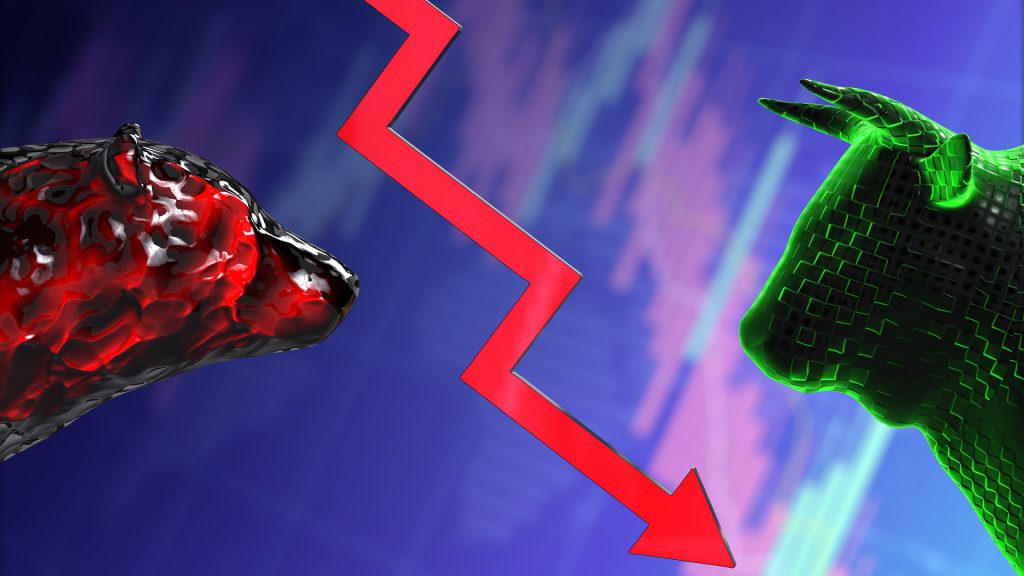The bear market era is one that has pessimistic investor traits. For any trader to succeed, they should approach all new trends with optimism and flexibility. Those who have mastered the art appreciate different trends in the market cycles. The bearish market has not been one of the most attractive but has unique opportunities for some people.
The market creates great short-selling opportunities when used by experienced players. Wondering what the bear market is? Keep reading
What is a Bear Market?
A bear market occurs when asset prices constantly fall in value by more than 20% from recent highs. This period presents a decline in prices and negative market sentiments. The market also experiences decreased buyers’ interests for more than two months.
During this period, investors and traders are very pessimistic regarding market sentiments. This might seem like sad times for most investors but might offer opportunities for new players to join the market.
The reason behind bearish markets is the influence of natural buy and sell on fundamental economic factors.
How to Successfully Trade in a Bear Market?
Most experienced traders will not pay much attention to changes in market cycles because they will make profits regardless. A certain group of traders will always make a fortune depending on their role in the market.
In a bear market, traders like Shorter’s, Scalpers, Hedge Fund, Hedgers, and Day traders will make more profit. For instance, the Hedgers can maximize their short position role and profit from the decline.
However, the success of traders in a bearish market is very strategic. It should be banked on by experienced players. This is why most players will remain dormant during this period.
Is the Bear Market Significant?
The bear market is very significant for investors. it creates a balance and restores sanity in the market. It is also the period when experienced players accumulate assets and correct the rampant hype of asset prices.
The Phases of Bearishness
- The initial phase consists of increased buying pressure and decreased assets prices.
- The second phase presents a 20% drop in asset prices and a decrease in investors’ sentiments. This period is named as the capitulation phase because investors panic over the market situation.
- Speculators raise the prices of assets, increasing market volatility in the third phase.
- In the last phase, prices remain low for more than two months until the cycle changes or the market experiences positive sentiments.
The Differences Between Bull and Bear Trends?
The basic indicators of differences between the bear and bull market include:
- Decreased buying pressure in a bearish market which is the opposite of the bull market.
- Positive player sentiments in the bull market.
- Prices will go up in bull but decrease drastically in the bear market.


Do not Cast Stones: Considers the opportunities
A bear market can provide different great opportunities for experienced players. Players who can highly benefit from this period include Hedge Fund, Hedgers, and Day traders.
It is not an entirely bad market cycle but a necessary period that controls rampant prices. It creates a balance from the highs of the bull market to maintain a buying cycle. If you are a trader, don’t be all pessimistic. You could allow flexibility and adaptability to see how it works.




